The above photo is from last season. I lifted it from the Çatalhöyük website where there are many more wonderful photos organized by excavation year. The reason I chose this almost uninteresting photo of a wall is to demonstrate a find from last year. If you look carefully at the lighter strip toward the top of the wall, you can make out a series or red handprints going across. Archeologists are not sure what these handprints signify. They’re definitely deliberate so they may be decorative, but we don’t know. The reason I bring this up is because yesterday I was at another area of the site when a young Turkish archeologist came to alert the site director Burcu, that something was found.
| They had just removed the plaster from the adjoining wall and found that the handprints continued across the room. Left is the photo I took yesterday. The wall from last year is covered and although you can’t see, the archeologists are examining, and maybe very delicately exposing the handprints that were discovered minutes ago. It was kind of a thrill to witness even a minor discovery. |
Hodder’s project is innovative in many respects in the world of archaeology. One of these qualities is how much time is spent on each feature and how meticulous and precise the method is. During the four seasons Mellaart excavated Çatal back in the early sixties, he revealed more than 150 rooms and houses. This excavation has unearthed fewer than fifty in a ten year period. I'm told that only 95% of Çatalhöyük has been uncovered so far.
Altthough many features are excavated (houses, walls, figurines, pottery, body adornments and trash, which tells archeologists a lot about how people lived) archeologists tell me that tourists almost always zero in on the burials. I’ll admit I’m one of them.
There are several levels of burials at Çatal. Neolithic burials are the oldest and obviously of the most interest to the archaeologists. Still, the later burials (Roman, Byzantine and even Ottoman) are given just as much attention and care. Here is my buddy Jack (wearing a Kansas Jaayhawk t-shirt) working on a Roman burial.
Altthough many features are excavated (houses, walls, figurines, pottery, body adornments and trash, which tells archeologists a lot about how people lived) archeologists tell me that tourists almost always zero in on the burials. I’ll admit I’m one of them.
There are several levels of burials at Çatal. Neolithic burials are the oldest and obviously of the most interest to the archaeologists. Still, the later burials (Roman, Byzantine and even Ottoman) are given just as much attention and care. Here is my buddy Jack (wearing a Kansas Jaayhawk t-shirt) working on a Roman burial.
The archaeologists work with small brushes, sticks, and sometimes their own breath to remove the dirt around the bones. It’s a very intimate process as they try to get as close to the sample without disturbing it. I saw one archeologist, Scott Haddow, from Canada, in fetal position next to a skeleton. I was at a distance and wished I could have snapped a photo. He was so still that it looked like he was cuddling the skeleton. I found it very moving. Each bone is removed with utmost delicacy and the work must go quickly. If the bones are exposed to air very long, they tend to dry out and break. Each bone, no matter how small, is recorded and stored in bags and boxes.
Scott has a blog documenting this season’s work at Çatal. Much more professional and articulate than anything I can post. Please check it out.
Scott has a blog documenting this season’s work at Çatal. Much more professional and articulate than anything I can post. Please check it out.
| Here is Katya, from Poland, working on a multiple burial. Neolithics, for some unknown reason, often buried more than one person in one grave. Yesterday Jenny and Alison were finishing a burial in which there were four individuals. Three adults and one child. It looked like after the first body decomposed, they pushed the bones aside and buried two other people. Somewhere along the way, there was also a child. The graves are under platforms inside the houses. The bones are sometimes sticky and there is speculation that they were covered with some sort of liquid to minimize the odor. Katya’s grave looks like there were two skulls but actually there were four. Later I saw her delicately carrying those remaining two skulls on a tray to the human remains lab. |
My driver Salih asked me today: what do they do with all those skeletons? When I was interviewing Scott Haddow in the human remains lab later in the day, I asked him the same question.”They’re right there on the wall” he said, pointing to shelves behind me. “All in boxes, more than 400 of them.”
A little later I had a session with Jenny, also on the human remains team. I wanted to interview her because she made an interesting post on the digital diary about skeletons and how archaeologists treat them. “I've always thought while excavating human burials that if we're going to remove them from their resting place, we should at least do it with dignity and respect.”
I should also add: on Scott’s desk sits an actual skull, wearing - uhm - a skull cap. I’m almost certain it’s real. I didn’t want to ask. I love archaeological wit.
A little later I had a session with Jenny, also on the human remains team. I wanted to interview her because she made an interesting post on the digital diary about skeletons and how archaeologists treat them. “I've always thought while excavating human burials that if we're going to remove them from their resting place, we should at least do it with dignity and respect.”
I should also add: on Scott’s desk sits an actual skull, wearing - uhm - a skull cap. I’m almost certain it’s real. I didn’t want to ask. I love archaeological wit.
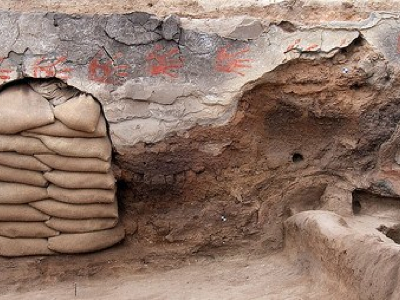
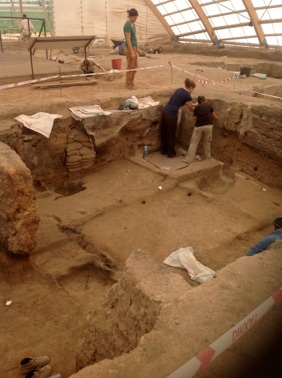
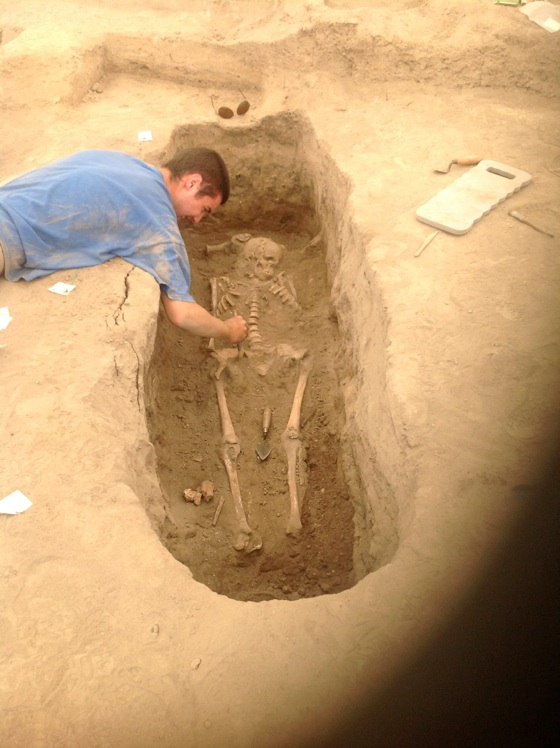
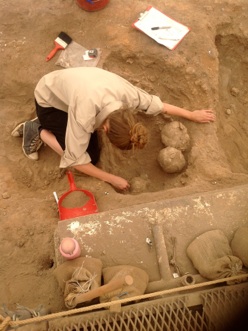

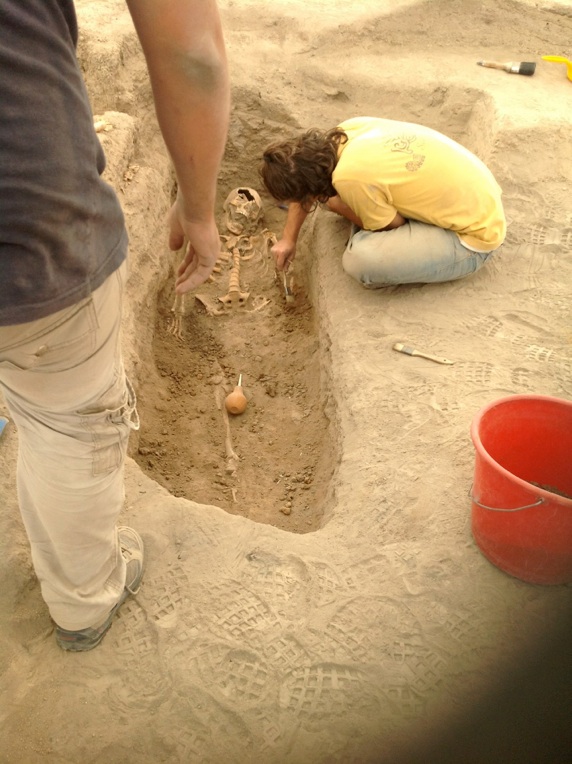
 RSS Feed
RSS Feed